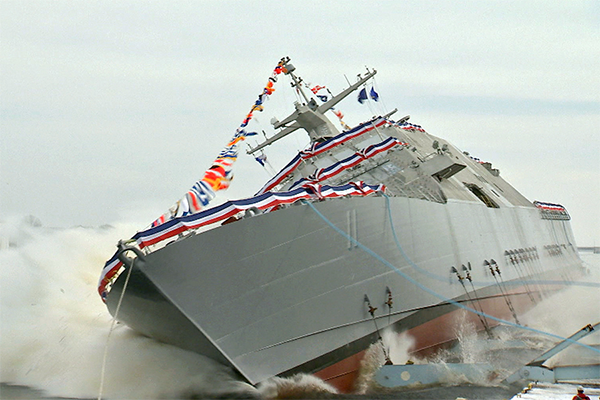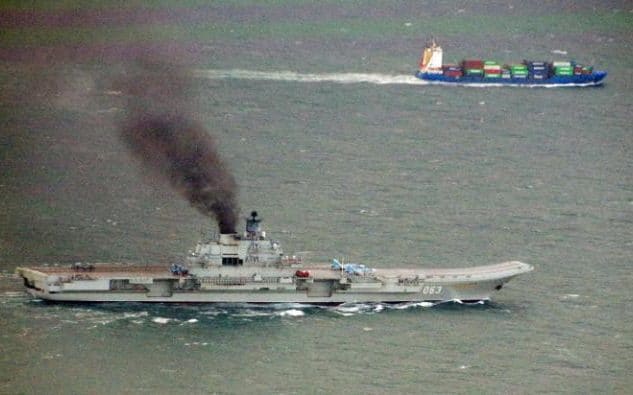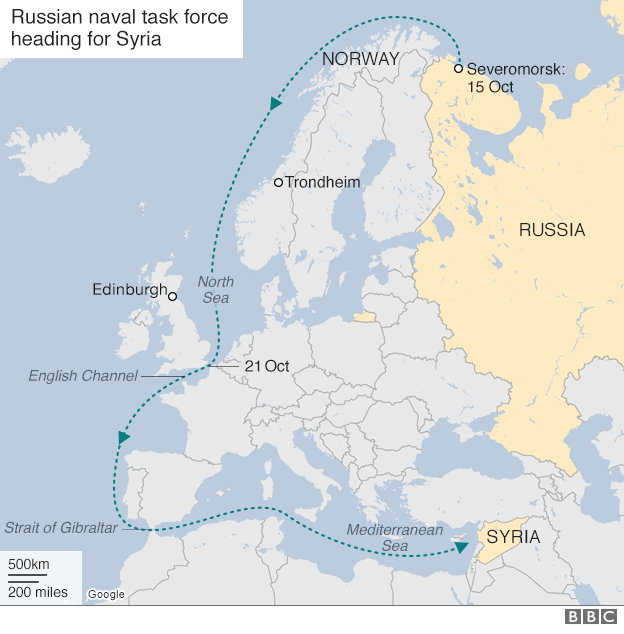
During his Senate confirmation hearing on January 11th, Secretary of State-designate Rex Tillerson stated that the Trump administration is “going to have to send China a clear signal that, first, the island-building [in the South China Sea] stops and, second, your access to those islands also is not going to be allowed.” Chinese state-run media outlets responded with vows to counter any attempts by the United States to block access to the artificial islands China is constructing in the South China Sea.
The possibility of a clash between the U.S. and China in the Western Pacific has been the subject of discussion and analysis for several years now. In the current issue of the U.S. Naval Institute’s journal, Proceedings, Admiral James Stavridis (ret.) takes a look at the potential challenges posed by maritime “hybrid warfare” capabilities. Noting that current assessments of hybrid war focus overwhelmingly on land warfare, he points out that both China and Iran have demonstrated the ability to apply asymmetrical approaches to sea warfare as well.
Stavridis outlines what a hybrid war at sea might look like.
Given its need to appear somewhat ambiguous to outside observers, maritime hybrid warfare generally will be conducted in the coastal waters of the littorals. Instead of using force directly from identifiable “gray hull” navy platforms, hybrid warfare will feature the use of both civilian vessels (tramp steamers, large fishing vessels, light coastal tankers, small fast craft, and even “low slow” skiffs with outboard engines). It also will be conducted and likely command-and-controlled from so-called white hulls assigned to the coast guards of given nations. Both the Chinese and the Iranians are using their coast guards (and revolutionary guards in the case of Iran) in this fashion in the South China Sea and Arabian Gulf, respectively.
Extrapolating from this, Stavridis argues that
The United States must start to consider its responses to hybrid warfare at sea, which may require developing new tactics and technologies, working closely with allies and partners, and building U.S. hybrid capability to counter its deployment by other nations and eventually transnational actors.
In addition, the United States should be considering the role of naval forces—Navy, Marine Corps, Coast Guard, and even Merchant Marine—in helping counter hybrid attacks ashore. Many of the capabilities developed to conduct and counter hybrid warfare at sea could be employed in the littoral, coastal regions, and eventually deep inland. This might be called “hybrid warfare from the sea,” and certainly is a potential part of maritime hybrid warfare.
He makes several specific recommendations:
- “The most important thing we can do today is to study, analyze, and fully understand how the ideas of hybrid warfare as practiced today will both translate to the maritime sphere and develop there in lethal ways.”
- Work with Coalition Partners and “encourage cross talk, exchange best practices, and share intelligence on this emerging concern.”
- Train and exercise against maritime hybrid warfare. “The ambiguity of these scenarios will require education and training in rules of engagement, operating our conventional systems against unconventional forces at sea, and learning to act more like a network at sea in the littoral.”
- Leverage the U.S. Coast Guard. “Involving it in a leadership role in combating maritime hybrid warfare is crucial. Many of its systems and platforms already contain the technologies to counter maritime hybrid warfare techniques, and its ethos and fighting spirit applied in this tactical arena would be powerful.”
The article goes into much more depth on these points. It is a good starting point for considering what a another potential area of future global competition may look like.


 In a
In a 
